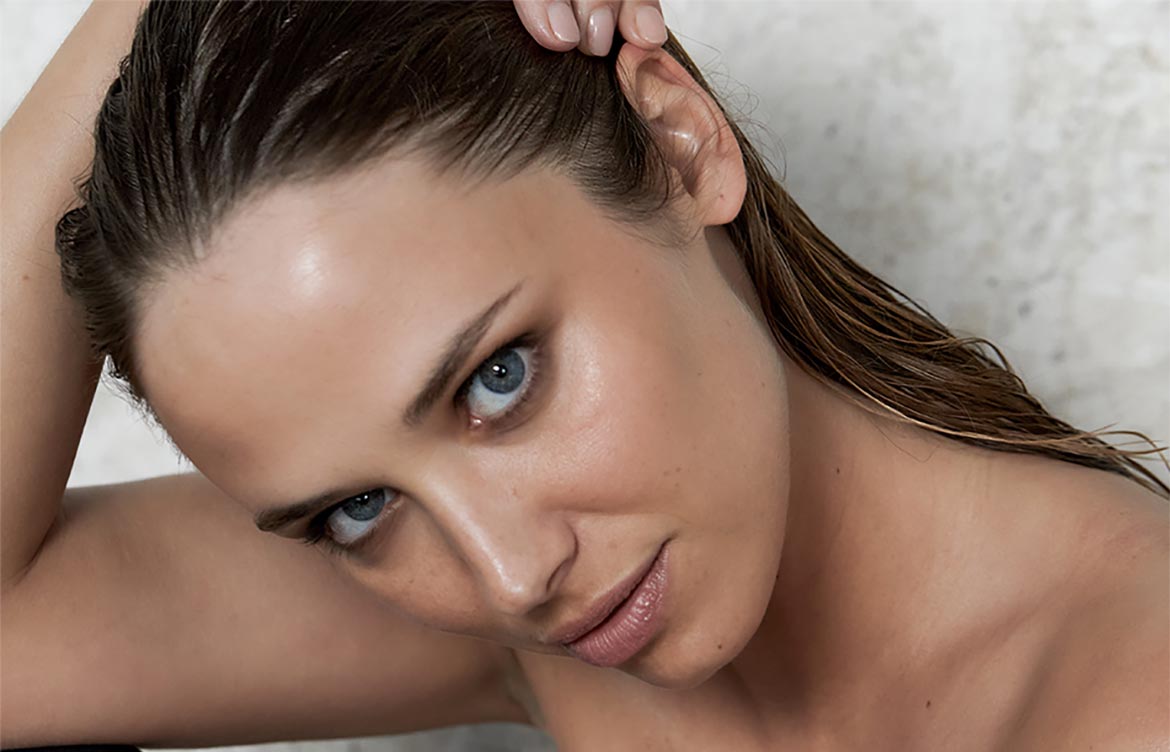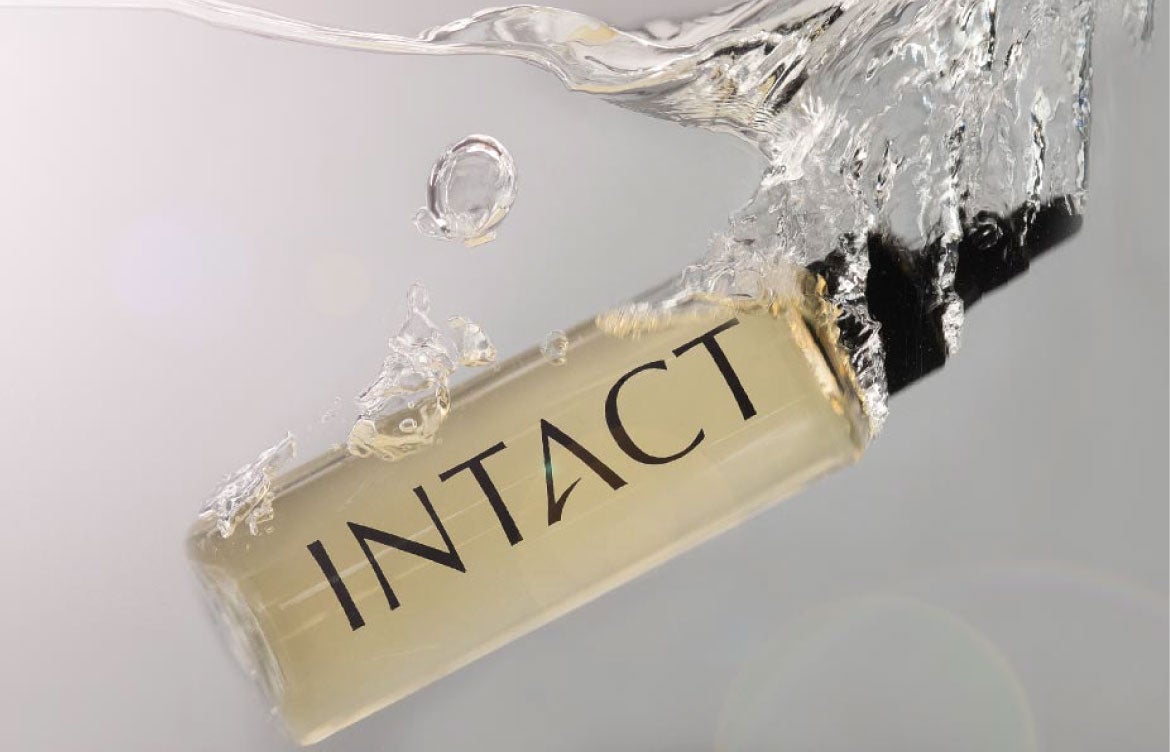Hair Shedding | Hair Loss | Maintenance&Styling
How Often Should You Wash Your Hair? Best Ways to Wash Your Hair

Chances are, you’re not washing your hair correctly, and it’s not your fault. There’s a canon of faulty information circulating online about hair care, but most of it isn’t rooted in science or research. The right way to wash your hair is multifaceted. A simple “one size fits all” solution of washing every day isn’t going to cut it. In fact, most women overwash their hair, a routine with damaging consequences.
The reality is, different hair types warrant specific treatments, and many women need specialized products designed to target a particular problem area. Hair washing depends on many factors such as hair porosity, thickness, climate, styling needs, environmental toxins, diet, and lifestyle.
Today’s hair care routines focus primarily on styling, but when it comes to hair loss and thinning, scalp health should be a top priority. The good news is, we don’t need to sacrifice great-looking hair for healthy follicles. Take a look at our science-backed advice on how to wash your hair with good health and great looks in mind.
How Often Should I Wash My Hair?
The hair care industry is worth about $85.5 billion today, but on the timeline of human evolution, hair washing is a relatively new practice. Up until the invention of liquid shampoo in 1927, hair washing consisted of a simple water rinse. Subsequently, shampoo and conditioner rose to popularity to make styling easier.
Of course, hairstyling wasn’t much of a concern for hunter-gatherers, but the human scalp evolved to cleanse itself with natural oils – not synthetic ones.
By washing regularly, most of us have stripped the oils responsible for that natural cleansing process. Too much washing causes an overproduction of oils and noticeable buildup, aka greasiness. If this comes as a surprise to you, you’re not alone.
A 2017 study found that only 20% of surveyed individuals felt knowledgeable about the proper frequency of cleansing and usage of shampoos.
So if we’re all unsure how to wash hair, what are we doing, anyway?
Since childhood, we've been taught to wash our hair every day with shampoo and conditioner. The truth is, daily hair washing is likely too harsh on your hair’s natural composition. Over-washing doesn’t allow your scalp to produce the nourishing oils your hair needs to grow and thrive.
It might seem like washing more frequently is the key to preventing oil buildup, but over time the opposite happens: the scalp becomes a breeding ground for oils and greasiness. In other words, your hair will become so stripped of its natural oils that it will begin to overproduce immediately after showering.
The first step to healthy hair is to wash less. Does that sound counterintuitive? Let’s take a deep dive into hair washing practices to discover how often you should wash. Most importantly, we’ll equip you with science-backed methods for savoring the suds to produce shine, volume, and beautiful hair.
Hair Type & Lifestyle
Your hair type plays a significant role in how many times a week you wash your hair. Thin, straight hair tends to be the most prone to oil buildup and might need to be washed closer to three times a week. On the other hand, thick hair can typically go longer without washing because it’s less oily. Curly and coarse hair types can and should be washed less frequently because they’re on the drier side, and more washing brings on the frizz.
As long as you’re working toward washing less frequently as per your hair type, your hair should react to the change. Of course, hair type is only one factor. You’ll also want to consider your lifestyle habits.
If you’re an active person and sweat a lot, it’s a good idea to rinse after each activity to clear away an excessive buildup of sweat. Let’s be clear about this – sweat and oil are not the same things.
Sweat, a viscous and odorous substance, clogs up your pores and dirties your scalp and roots faster, negatively affecting growth. Oil, on the other hand, acts as a sort of lubricant for your hair follicles, promoting growth and locking in moisture to prevent breakage. As long as you aren’t using shampoo every day, a rinse should clear out the sweat, saltwater, chlorine, or dirt you may encounter day-to-day.
How to Wash Your Hair Properly
The way you physically wash your hair can make a difference as well as the frequency.
Most women wash quickly, unintentionally pulling out clumps of hair in the process and later noticing dry areas that might have gotten too much attention during the wash routine. Learning how to properly wash your hair can add volume, shine, and softness.
Try to avoid washing hair more than once every three days (or 2-3 times per week). If you’re prone to oily hair, it might take a few weeks to adjust to the new schedule, so be patient and experiment with powder dry shampoos to prolong the time between washes. Remember that lifestyle and hair type will understandably affect how often to wash hair.
Here are our industry recommendations for how to wash hair properly:
- Prepare & Protect
- Use Lukewarm Water
- Apply Shampoo to the Roots & Massage into the Scalp
- Apply Conditioner to Your Hair
- Comb & Detangle
1. Prepare and Protect
One of the best things you can do to protect your hair during washing is to use products before you step foot into the shower. Why? When we shower under hot water, our pores expand, and hair detaches from the root, leading to excessive hair shedding.
You know the routine: you start massaging the shampoo into your scalp, and down come the strands! That’s why it’s vital to protect strands before you wash with a protective agent like INTACT.
INTACT is an anti hair shedding treatment that tightens the hair follicle to protect hair during vigorous activities like washing, brushing, and styling.
The botanical serum prevents shedding and hair loss by about 77%. That means less hair stuck in the shower drain and more hair on your head!
2. Use Lukewarm Water
Ah, who can resist a hot, steaming shower? Hot showers stand-in for spa days and give us a few savory minutes in our day to de-stress and unwind. Unfortunately, as sumptuous as a hot shower is, hot water opens up your hair’s cuticle, leading to more damage and scalp dryness while washing.
Not to worry, we wouldn’t dream of asking you to nix those beloved hot showers!
Instead, enjoy your shower before washing your hair. When you’re ready to wash, turn down the heat to a lukewarm temperature and begin washing your hair. Switching to lukewarm water will maintain color on treated hair and prevent the follicles from expanding.
Finally, follow hair care influencer @lillyvanbrooklyn’s lead and turn the faucet to cold during your final rinse. The cold water rinse can help promote healthier hair and reduce frizziness by sealing the cuticle and retaining moisture.
3. Apply Shampoo to the Roots and Massage onto the Scalp
Scalp hygiene has the most considerable influence on the appearance and health of your hair. Shampoo is intended to cleanse your scalp and will probably dry out your ends, so it’s vital to wash your hair correctly.
Here’s how:
- Shampoo with your head upside down in the shower, that way, you can focus on the roots without getting your ends tangled.
- Massage the product gently onto your scalp, covering areas where you notice faster oil buildup.
- If you want to prolong the time between washes, follow the instructions on the bottle and shampoo twice.
Why is washing properly crucial to hair health? Well, one study points to oxidative stress on the scalp as a leading cause of premature hair loss. Toxins and chemicals in your shampoo can affect the hair prior to emergence, but products with active Malassezia inhibitory (anti-dandruff) agents can help to reduce such oxidative stress.
The best way to limit oxidative stress is to avoid shampoo ingredients known to damage your hair, including sulfates, parabens, sodium chloride, Diethanolamine (DEA), and Triethanolamine (TEA), and formaldehyde.
4. Apply Conditioner to Your Hair
Now that you’ve washed your hair, it’s time to add in the conditioning emollients to wash away any leftover oils and treat your strands to a nourishing balm. Apply your conditioner generously and let it sit for at least three minutes. If you’re unsure how long to leave in the conditioner, read the instructions on the product.
As you apply, focus on your ends, avoiding direct application to the scalp.
If you have a scalp mask, you can use it after shampooing but be sure to rinse it out thoroughly. Don’t forget that final cold blast! Cold-rinsing your conditioner is a great final step to lock in all the moisture and reduce the frizz.
5. Comb and Detangle
Your hair is now correctly washed and conditioned, but the routine doesn’t stop there. Comb out your hair after a wash to detangle it, but be gentle. After a shower, your hair is especially vulnerable to breakage and shedding. Grab a wide-toothed comb or wet brush and comb from the ends of your hair, moving up to the roots to protect against split ends and damage.
If you use a protective product like INTACT before your shower, your wet hair will thank you later! Our customers’ real results prove how much it helps during washing, styling, and brushing.
Ready To Wash Your Hair The Right Way?

As you’ve learned here, washing your hair is a dynamic process, and the way you wash can make or break your hair, literally. But the good news is that when you bring intention to the process and follow these hair washing tips, you’ll see incredible improvements in your hair’s long-term health.
One thing to keep in mind is that damaged hair can’t repair itself on its own. Your primary focus should be on scalp health that promotes healthy hair growth. Additionally, using protective products like INTACT will secure the hair to the follicle, nourish your scalp, and leave hair bouncy, shiny, and full of body.
Next time you wash, follow this routine, and your hair — and scalp — will thank you!


